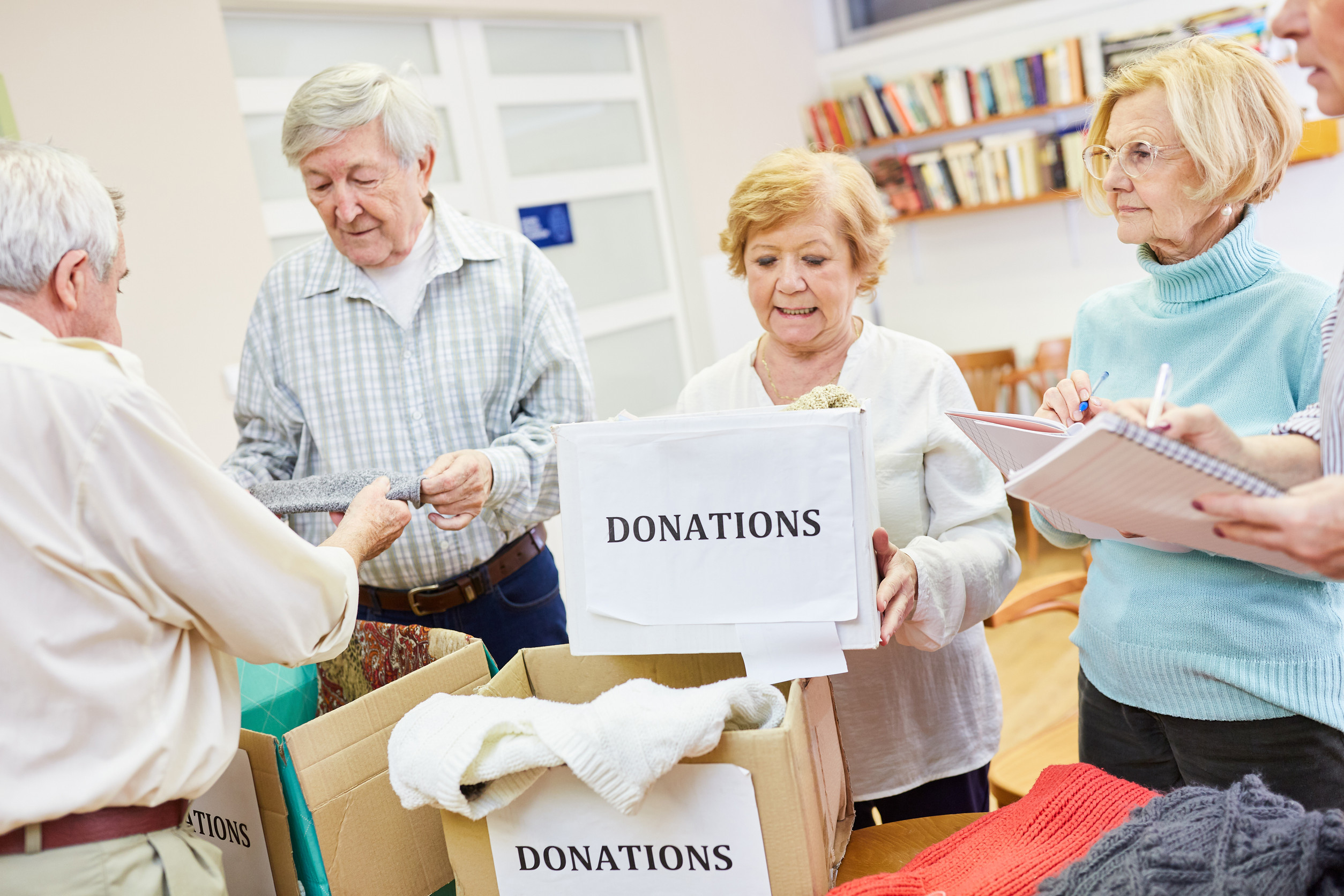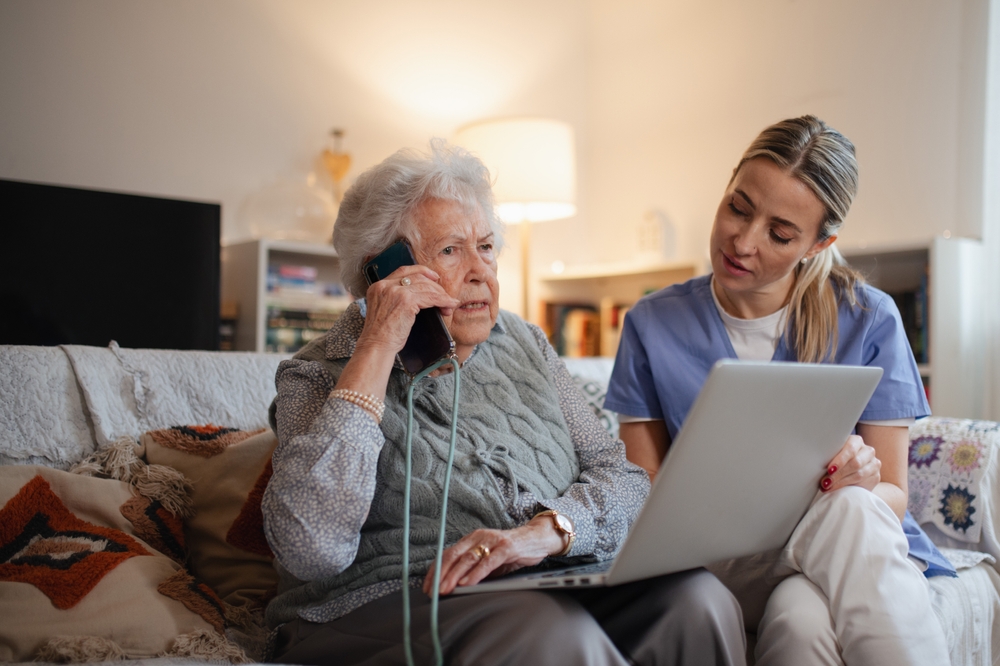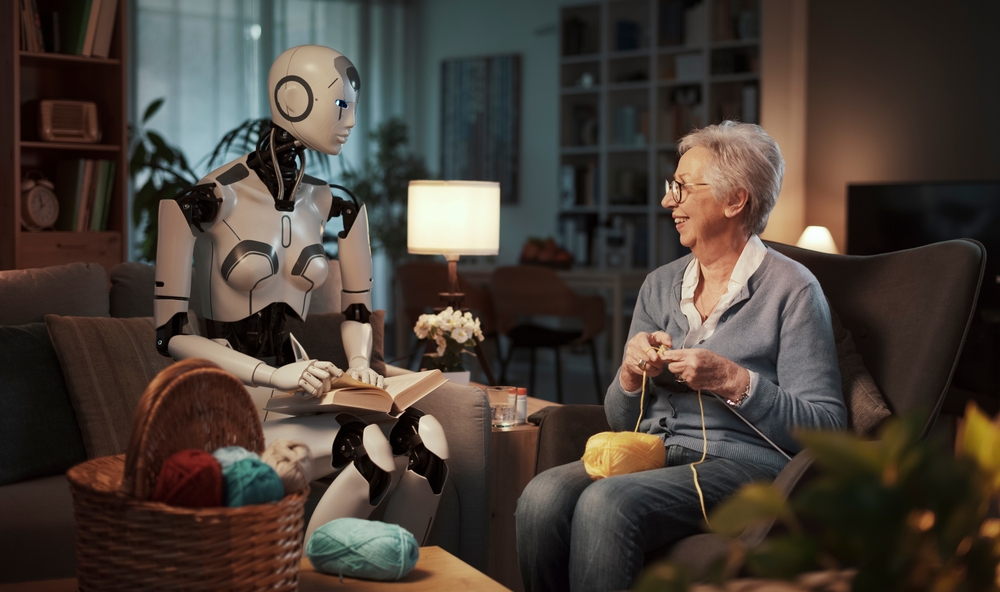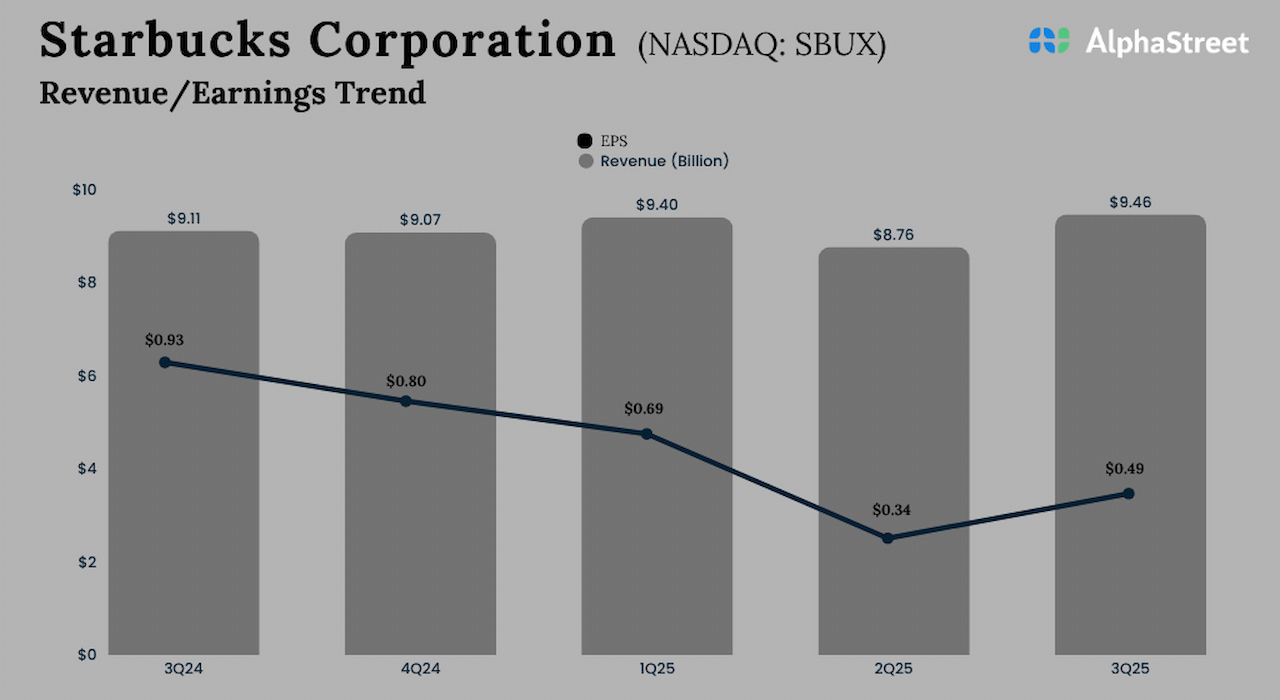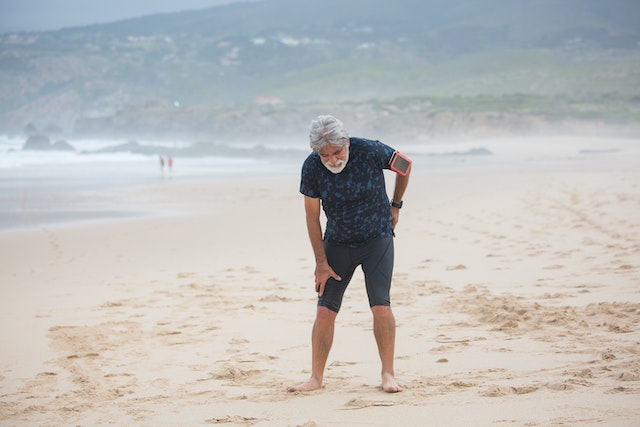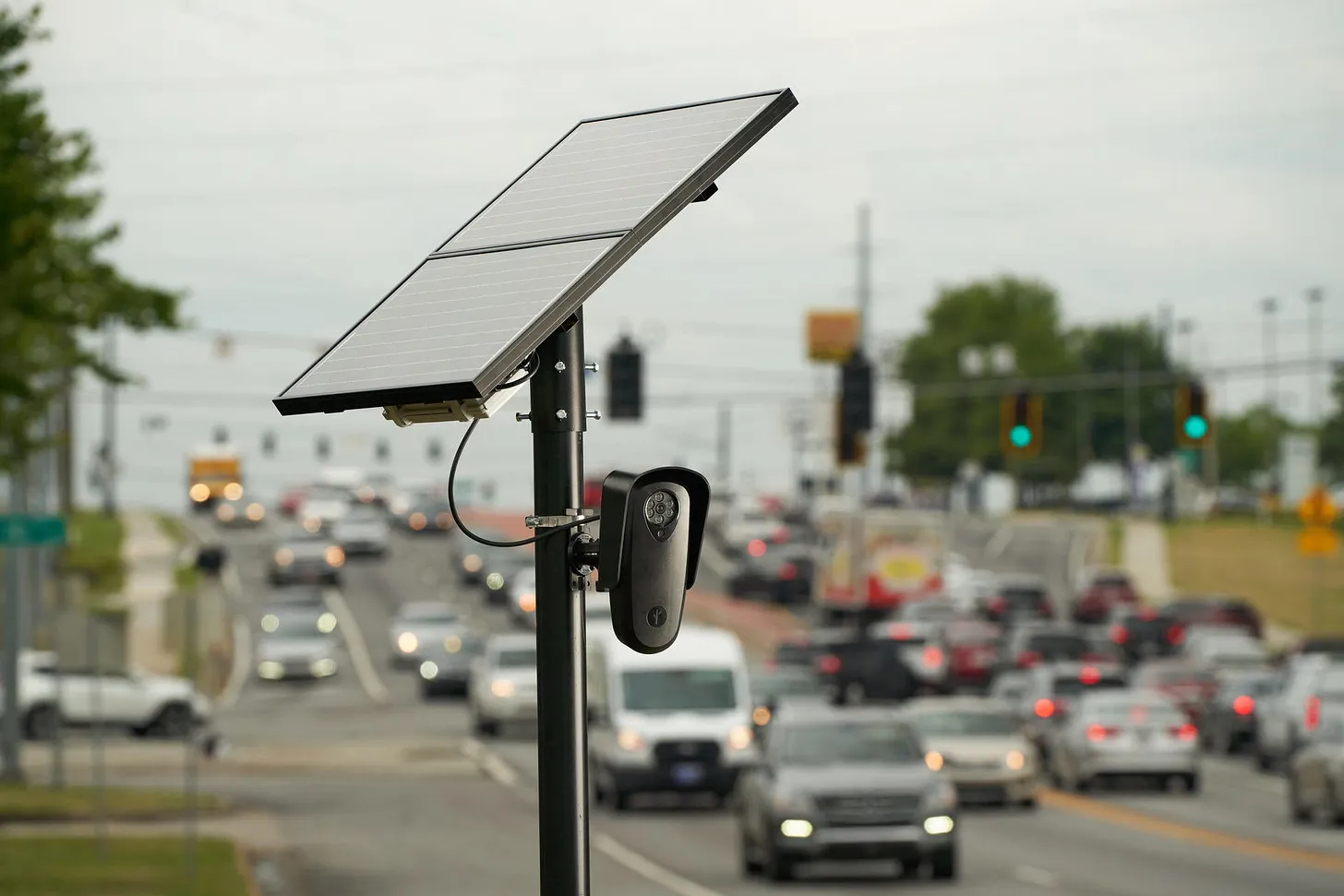Doctors often prescribe daily exercise for longevity, but science now shows that giving back might add even more years to your life. Studies reveal that volunteering boosts physical health, reduces stress, and combats isolation more powerfully than some workouts. It strengthens both body and purpose, two pillars of healthy aging. For retirees seeking meaning beyond miles walked, community service may be the ultimate wellness plan. Helping others could be your most effective form of self-care.
The Science Behind the Service
Research from the American Journal of Preventive Medicine found that adults who volunteer at least 100 hours per year experience lower mortality rates than non-volunteers. Acts of service trigger brain chemicals like dopamine, improving mood and immune response. Consistent volunteering also encourages routine, social interaction, and movement—three key longevity factors. Unlike exercise alone, it engages emotional and cognitive well-being too. Helping others keeps both heart and mind strong.
Purpose Lowers Stress and Blood Pressure
Volunteering gives retirees structure and a sense of mission that reduces cortisol, the body’s stress hormone. Studies from Carnegie Mellon University show that older adults who volunteer report better cardiovascular health. Lower stress translates to lower blood pressure and improved immune resilience. While walking calms the body, purpose calms the mind. Both together create the perfect recipe for long-term vitality.
Social Bonds Protect Mental Health
Isolation is a leading risk factor for depression and cognitive decline in seniors. Volunteering builds friendships, shared goals, and community belonging. Whether mentoring students or helping at food banks, social connections formed through service protect mental well-being. The National Institute on Aging links strong networks to reduced dementia risk. Giving your time keeps loneliness from taking root.
Physical Movement Without the “Workout” Label
Many volunteer roles involve light activity—stocking shelves, gardening, or walking dogs—that naturally raise heart rates. Unlike rigid exercise routines, service adds movement with meaning. Consistent, moderate motion helps maintain mobility and strength without pressure or boredom. For those who dislike gyms, volunteering delivers fitness disguised as purpose. Every hour spent helping counts as healthy time.
Emotional Rewards That Outlast Endorphins
Walking releases endorphins—but volunteering releases gratitude. Helping others reinforces optimism and satisfaction, proven predictors of longer life. Retirees who feel useful and valued show lower rates of chronic disease. The joy of contribution becomes a sustaining emotional resource. Unlike exercise highs that fade, fulfillment from service endures.
Where to Start Giving Back
Opportunities exist everywhere—local schools, hospitals, shelters, or virtual mentoring platforms. Organizations like AARP’s Create the Good and VolunteerMatch.org match skills with needs. Start small and stay consistent; even two hours weekly builds benefits over time. Choose causes that resonate personally for maximum impact. The best service sustains both community and self.
Purpose Is the New Fountain of Youth
Longer lives aren’t built by muscle alone—they’re built by meaning. Volunteering blends motion, emotion, and mission into one powerful longevity tool. It nourishes the spirit while supporting the body. Retirees chasing vitality should look beyond treadmills to teamwork. Giving back might just give you more years to live.
Have you found purpose through volunteering—or is it something you’ve been meaning to try? Share your experience below.
You May Also Like…
Are Seniors Being Quietly Replaced by AI at Volunteer Jobs?
8 Side Effects of Aging That No One Prepares You For
Should You Ever Invite an Online Friend Into Your Home?
Little Adjustments That Stop Falls at Home — Before the First One Happens
8 Dog Breeds That Will Keep You Broke

